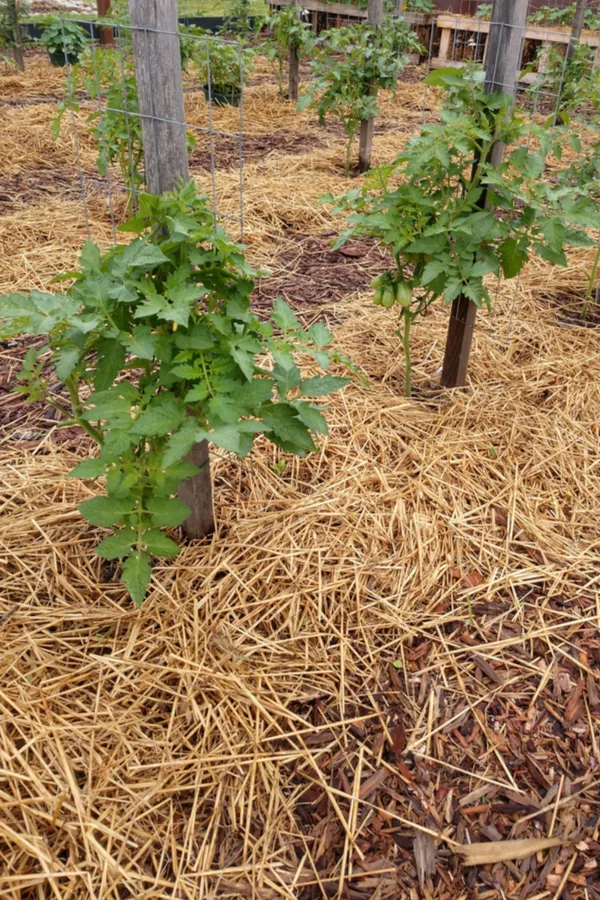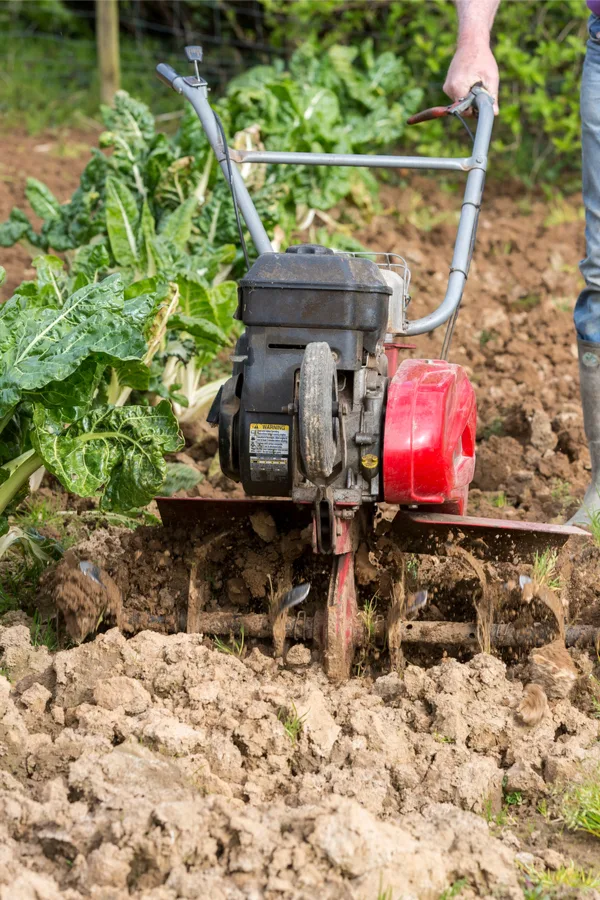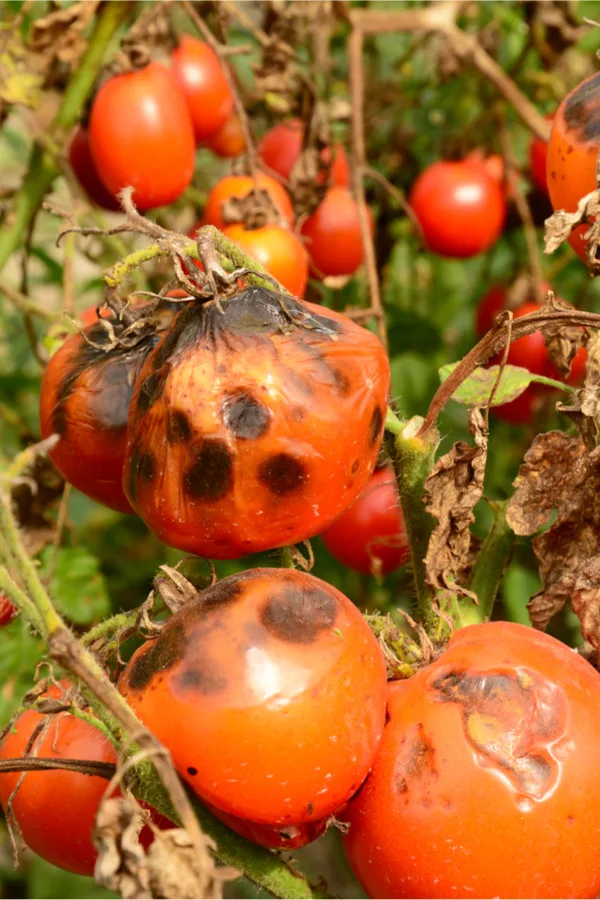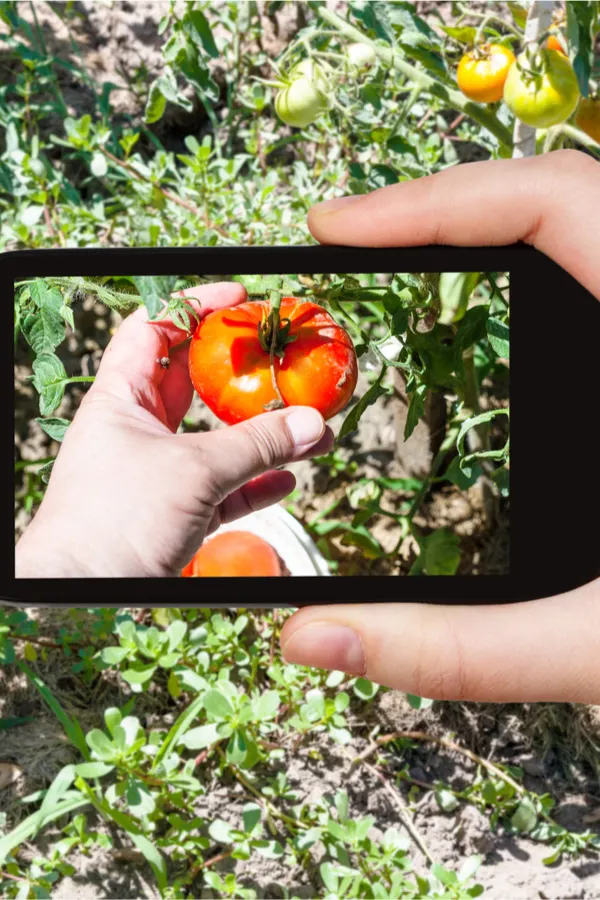When it comes to getting a big head start on growing a great garden next year, believe it or not, now is the time to act with a few key summer vegetable garden chores!
A few simple tasks now really can truly have a major impact on the health and productivity of next year’s garden. In fact, not only will they help stop future weeds and pest problems, they will also minimize the time you will have to spend next year dealing with these pesky issues.
And best of all, each of the three are easy to do, and take mere minutes to perform! Here is a look at our three must-do summer garden chores that will set the stage for your “best-ever” garden next year:

3 Must-Do Summer Vegetable Garden Chores
#1) Keep Your Soil Covered
The best way to stop next year’s weeds is to never allow them to be planted this year. And the best way to do that is to keep your garden soil covered at all times. Either with a current crop, mulch, or by planting a cover crop.
It is a plain and simple fact that bare soil is an open invitation for weed seeds to find a home. Weed seeds can blow in, be transported in by birds and wildlife, or simply drop from existing weeds already growing in the garden.
But when you stop that cycle now by covering your soil, it keeps future weeds to a bare minimum. In fact, in many cases it can eliminate them entirely.

The Summer Garden – Replanting
As summer progresses, many crops begin to fade. And as they do, it is important to not allow the soil to sit exposed and bare. The longer soil remains uncovered, the more weeds you will have this fall – and next year!
In many cases, you can plant another crop when one is finished. For example, when your spring planted green beans fade, pull them up and replant a second crop. The same goes for lettuce, spinach, radishes and many other fast maturing crops.
Replanting not only keeps your soil covered, but sets the stage for even more production from your garden this year. And it’s so easy and quick to do! Simply pull up your old crop, plant your seeds, cover with a bit of mulch – and get ready for a great fall harvest! ( See : 5 Fall Vegetable Crops You Can Plant & Harvest In 30 Days)

Using Mulch or Cover Crops – 3 Must Do Summer Garden Chores
If planting more crops isn’t an option, apply a heavy mulch of straw or grass clippings as you remove plants. It not only helps keep weed seeds out, but protects your valuable garden soil from erosion.
But an even better way to cover your soil is by planting a protective cover crop. Cover crops are a great way to re-energize and protect your soil from weeds and erosion. All in one step!
They germinate fast, and cover your garden in a thick living mulch that will help to power next year’s garden to even bigger production levels.
In our garden, we plant a cover crop of annual (cereal rye) anytime our garden rows will not be replanted with an additional crop. It keeps it covered until next spring, all while rejuvenating the soil in the process.

Whatever You Do – Don’t Till! – 3 Must Do Summer Garden Chores
And finally, whatever you do – don’t get that rototiller out! It may seem like a great idea to till those old rows and “clean them up”, but what you are really doing is planting thousands of weed seeds that have been laying dormant on top of the soil.
Instead of tilling, simply cover those rows with a thick mulch or cover crop. It will not only save you time and labor, but eliminate thousands of future weeds!
#2) Remove Diseased Foliage, Vegetables & Plants – 3 Must Do Summer Garden Chores
The quickest way to let disease run rampant in a garden is to let it hang around! And that is why it is so important to keep any signs of problems out of your garden as soon as you see them.

Many types of mold, mildew and disease will quickly and easily spread if left in the garden. And those diseases can also infect the soil. Case in point, tomato blight. Once it is in the soil, it can take years to leave.
At the first sign of any plant damage or disease, clip the foliage from the plant and remove it from the garden.
Be on the lookout and remove the foliage damaged by pests and insects as well. Many garden pests will lay eggs or larvae on the damaged plants or in nearby soil.
By removing them now, it can help keep future pest populations in check. When removing diseased and damaged foliage and plants, be sure to keep them out of the compost bin.

Whether it is tomato blight, powdery mildew or any other common garden ailment, it is never a good idea to compost the materials affected by them.
Most backyard compost bins simply cannot generate enough heat to kill the pathogens and spores. And that means they can infect the very compost you will use on your plant’s next season.
#3 Take Photos & Notes Of Your Garden – Now!
And finally, as silly as our final must-do summer garden chore sounds, it might be the most important of all. Now is the time to document where everything is in your garden with photos!
Simply head out to your garden in the middle of summer and snap a few pictures with your phone. At the same time, write down a few notes now about what performed well, and what didn’t.
When it comes to next year’s garden, those photos and notes will be invaluable. Why? Because as any gardener knows, never trust your memory! You quickly forget from year to year where you planted what. And how each plant performed.

And forgetting what was where can make important tasks like rotating crops very difficult. In addition, those notes will also help you to remember which variety did well, and which didn’t.
All of which can prove very important when planting next spring. Trust me when I say that your notes and photos will serve you well. We would be lost without ours as we plant from year to year.
It is amazing how just a little bit of work in the garden now will pay big dividends next year! Happy Gardening – Jim and Mary.
Jim and Mary Competti have been writing gardening, DIY and recipe articles and books for over 15 years from their 46 acre Ohio farm. The two are frequent speakers on all things gardening and love to travel in their spare time.
As always, feel free to email us at thefarm@owgarden.com with comments, questions, or to simply say hello! You can sign up for our free email list in the subscribe now box in the middle of this article. Follow us on Facebook here : OWG Facebook. This article may contain affiliate links.
